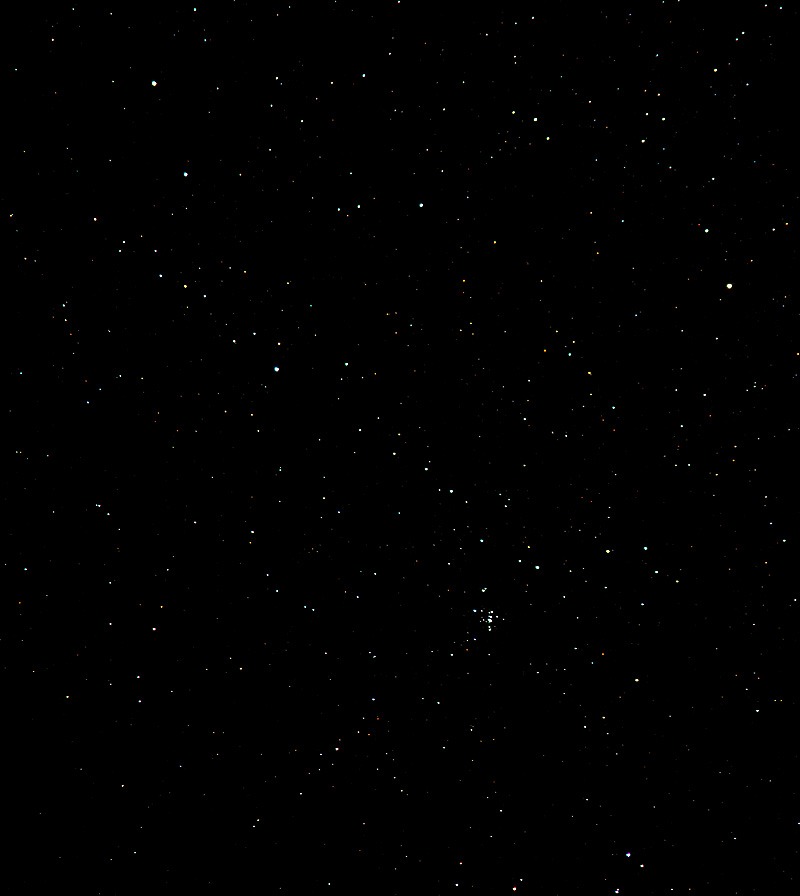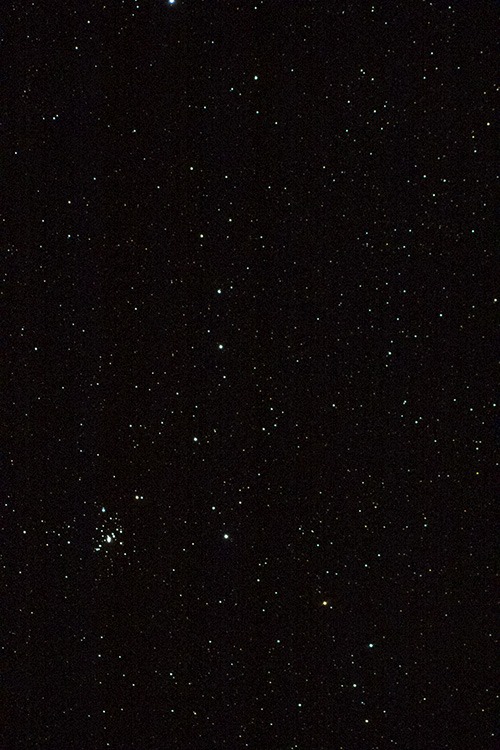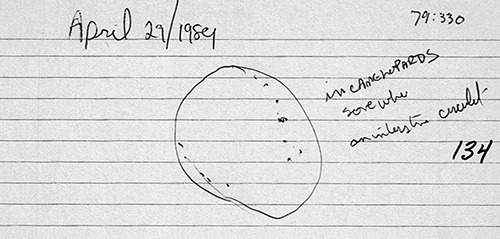
Beauty abounds in Kemble’s Cascade and NGC 1502
Kemble’s Cascade – a beautiful cascade of faint stars tumbling
Kemble’s Cascade (designated Kemble 1) is an asterism located in the constellation Camelopardalis. It is an apparent straight line of more than 20 colourful 5th to 10th magnitude stars over a distance of approximately 3 degrees (five moon diameters) of the night sky. It appears to “flow” into the compact open cluster NGC 1502, which can be found at one end.
Thank you for reading this post, don't forget to subscribe!
Discovery
The asterism was named by Walter Scott Houston in honour of Father Lucian Kemble (1922–1999), a Franciscan friar and amateur astronomer who wrote a letter to Houston about the asterism, describing it as “a beautiful cascade of faint stars tumbling from the northwest down to the open cluster NGC 1502” that he had discovered while sweeping the sky with a pair of 7×35 binoculars.
Houston was so impressed that he wrote an article on the asterism that appeared in his Deep Sky Wonders column in the astronomy magazine Sky & Telescope in 1980, in which he named it Kemble’s Cascade.
Father Lucian Kemble was also associated with two other asterisms, Kemble 2 (an asterism in the constellation of Draco that resembles a small version of Cassiopeia) and Kemble’s Kite (an asterism that resembles a kite with a tail which is also in the constellation of Camelopardalis). In addition, an asteroid, 78431 Kemble, was named in his honour.
NGC 1502

NGC 1502
NGC 1502 is a young open cluster of approximately 60 stars in the constellation Camelopardalis, discovered by William Herschel on November 3, 1787. It has a visual magnitude of 6.0 and thus is dimly visible to the naked eye.
This cluster is located at a distance of approximately 3,500 light years from the Sun, and is likely part of the Orion Arm.
The asterism known as Kemble 1 (Cascade) appears to “flow” into NGC 1502, but this is just a chance alignment of stars. NGC 1502 is part of the Herschel 400 List.
My Observations
Father Lucian Kemble was a good friend and fellow Amateur Astronomer who lived in western Canada, that observed with both at Cochrane Alberta and at Lumsden, Saskatchewan. I recall him describing this Asterism when I visited him at Lumsden, and since that time I would visit it in the sky. Much later I imaged it, and I present all of these observations here in this Portfolio.
Capturing an image of this Asterism with my refractor is a challenge as it covers a wide area of sky. It usually involves using an eyepiece with the widest field of view. Using the Prime Focus and the Camera, could just fit the whole asterism, after careful adjustment.
A Constellation shot of Camelopardalis will also show the stars of the Cascade will, this can be accomplished with a camera on a tripod or even a cellphone.

The Cascade In 2014
I would find it and note it in my Log Book, shortly before I visited Fr. Lucien K. and then later learn that it had a name! This was observed using the 8″ dob that the Regina astronomy club had as that time, from my back yard in Regina. And I was focusing on NGC 1502.

The Cascade 1989 before I knew what I was looing at.
Then a couple of years later I would observe it again and note it in my log book. This was actually confined to NGC 1502 which is part of the large asterism. This was done using the 10″ reflector.

| Observation Log Information | |
|---|---|
| Log Index: | 5 times most recently 1009 |
| Session: | 248 |
| Date: | 2014-09-20/21 |
| Equipment: | 110mmDoublet EP APO – PF Canon 60D |
| Location: | ABASPStarland |
Keywords: Kemble’s Cascade